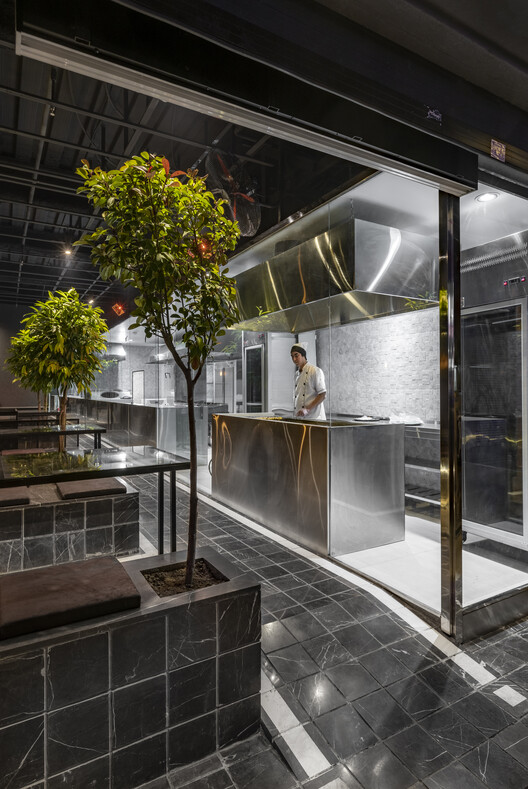
-
Architects: Paad Architects
- Area: 85 m²
- Year: 2021
-
Photographs:Parham Taghioff
-
Manufacturers: Garmasun
-
Lead Architect: Mohammad Yaser Mousapour

Text description provided by the architects. By its very definition, the architectural threshold is the operational device to delineate the interior condition as it relates to, while standing out, against the exterior condition. The very same architectural device, allows for negotiation between what is owned by the owner and the city that is shared among all.






















